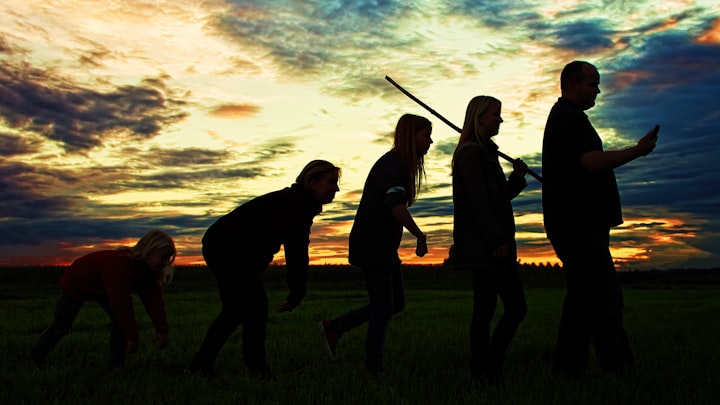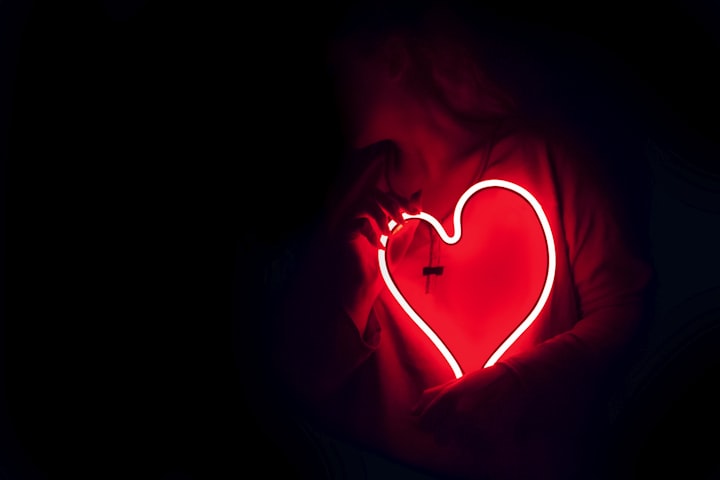Are We All Related?
Exploring the Mysteries of Human Origins

Imagine yourself as the pinnacle of a towering pyramid, each block representing an ancestor stretching back through the annals of time. But just how vast is this pyramid of lineage? Let's break it down. You have two parents, four grandparents, and eight great-grandparents. Delving four generations back, your direct ancestors tally up to 30. And if we continue this trajectory, doubling with each step, a mere 40 generations ago would reveal a staggering trillion ancestors—living simultaneously.
The absurdity of this notion is evident. A trillion individuals occupying the Earth at once is not only implausible but exceeds the total number of stars in our Milky Way galaxy. Since our species emerged roughly 200,000 years ago, spanning approximately 7 or 8 thousand generations, one might wonder: where are all these missing ancestors?
The answer lies in the subtle intricacies of human history, including a dash of unavoidable inbreeding. While we're not delving into the realm of banjo-playing stereotypes, every family tree inevitably branches out. Before the era of digital connectivity, choices for mates were often confined to the proximity of one's surroundings. Even renowned figures like Charles Darwin and Albert Einstein sought matrimonial bonds within their own familial circles, marrying their first cousins.
As a result of generations intertwining, our number of actual ancestors is significantly smaller than the theoretical count derived from simple mathematics. By employing more sophisticated calculations that consider factors like migration patterns, life expectancy, and historical events such as the reign of Genghis Khan, researchers have uncovered a fascinating revelation: every human alive today shares a common ancestor who lived approximately 3,000 years ago.
Yes, you read that correctly. The next time you find yourself embroiled in a heated online debate, remember that you and your virtual adversary share a common ancestor from a few millennia ago. However, identifying this shared progenitor proves to be an elusive task. While the mathematical models assure us of their existence, no fossilized remains or historical artifacts bear their name. Nevertheless, each of us carries a trace of our ancestry encoded within our genes.
DNA, the blueprint of life, serves as a repository of our genetic heritage. Through countless generations, genetic mutations accumulate, subtly altering the fabric of our genome. Scientists liken this process to a molecular clock, allowing them to estimate the passage of time and decipher relationships between individuals.
Despite the apparent diversity among humans, on a genetic level, we are remarkably similar. In fact, groups of chimpanzees residing in close proximity exhibit more genetic variation than the entire human population—a testament to the relative youth of our species.
Tracing our genetic signatures back to our ancestral homelands, companies specializing in DNA ancestry testing unravel the threads of our heritage. These tests analyze thousands of single-letter changes in our genome, constructing a personalized map of our genetic origins based on comparisons with reference populations from around the world.
My own genetic results echo a tale of Northern European and Scandinavian ancestry, explaining traits such as height, fair complexion, and a propensity for retaining Neanderthal DNA. Surprised by the presence of Neanderthal DNA? You're not alone. Curious individuals often uncover unexpected facets of their ancestry through these tests, reaffirming the adage that appearances can be deceiving, but DNA tells the truth.
While mathematical models pinpoint a common ancestor from a few millennia ago, their genetic influence has become so diluted over time that it remains imperceptible in our DNA today. Yet, amidst the vast tapestry of human history, there exists one unbroken genetic lineage—the mitochondrial DNA passed down exclusively through the maternal line.
Mitochondria, the powerhouses of our cells, harbor their own genetic material, passed unchanged from mother to offspring across countless generations. By tracing the mutations accumulated in mitochondrial DNA, scientists have unveiled the story of Mitochondrial Eve—a woman who lived approximately 150,000 years ago in Africa, the cradle of humanity.
Every person alive today can trace their maternal lineage back to this singular ancestor, underscoring the profound interconnectedness of our species. From branches stretching into the past to seeds sowing the future, our ancestry is a tapestry woven with threads of shared heritage and individual diversity.
As we navigate the complexities of our genetic legacy, we wield unprecedented power to shape the future of our species. So what might lie ahead on the horizon of human evolution? That's a question for the next installment. Until then, stay curious.





Comments
There are no comments for this story
Be the first to respond and start the conversation.